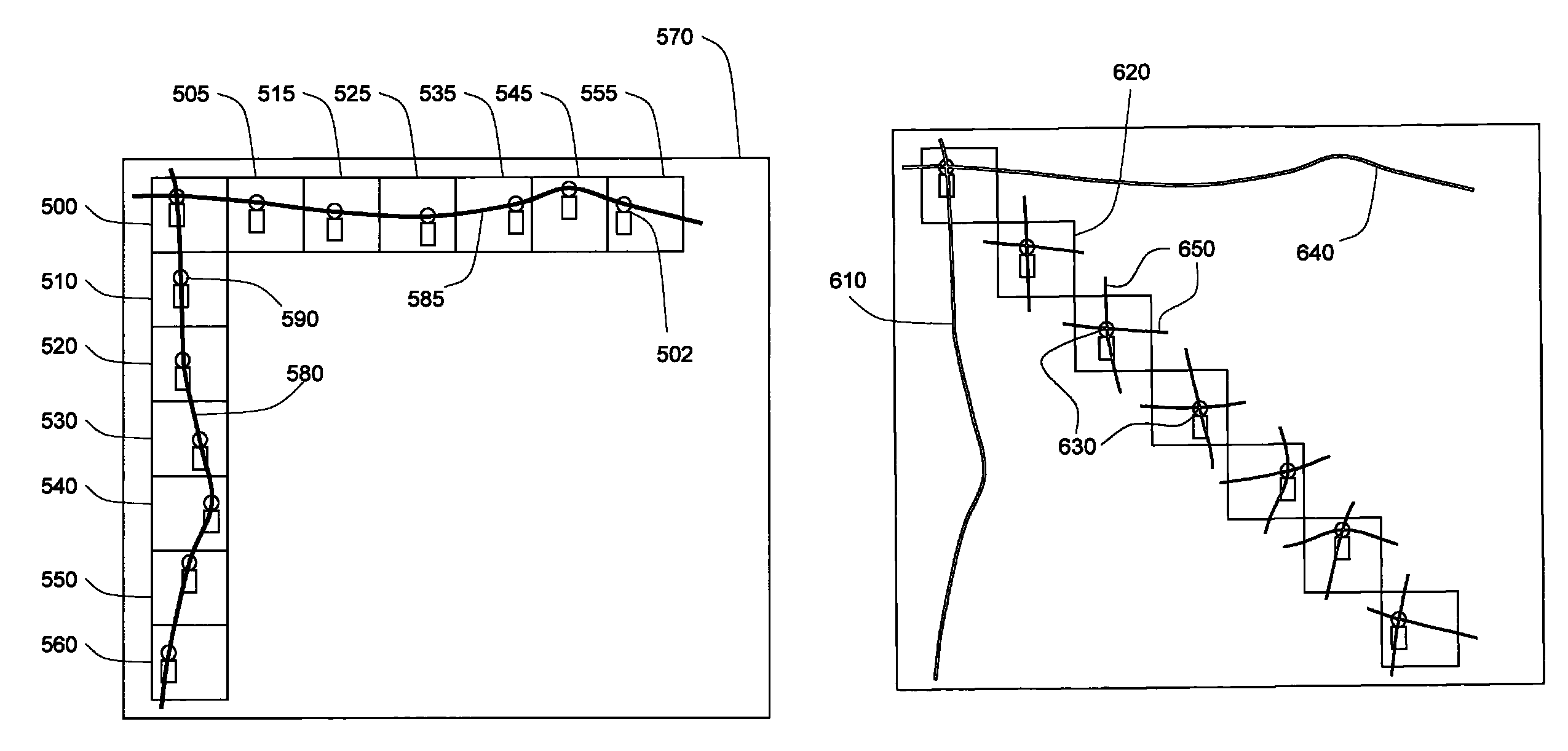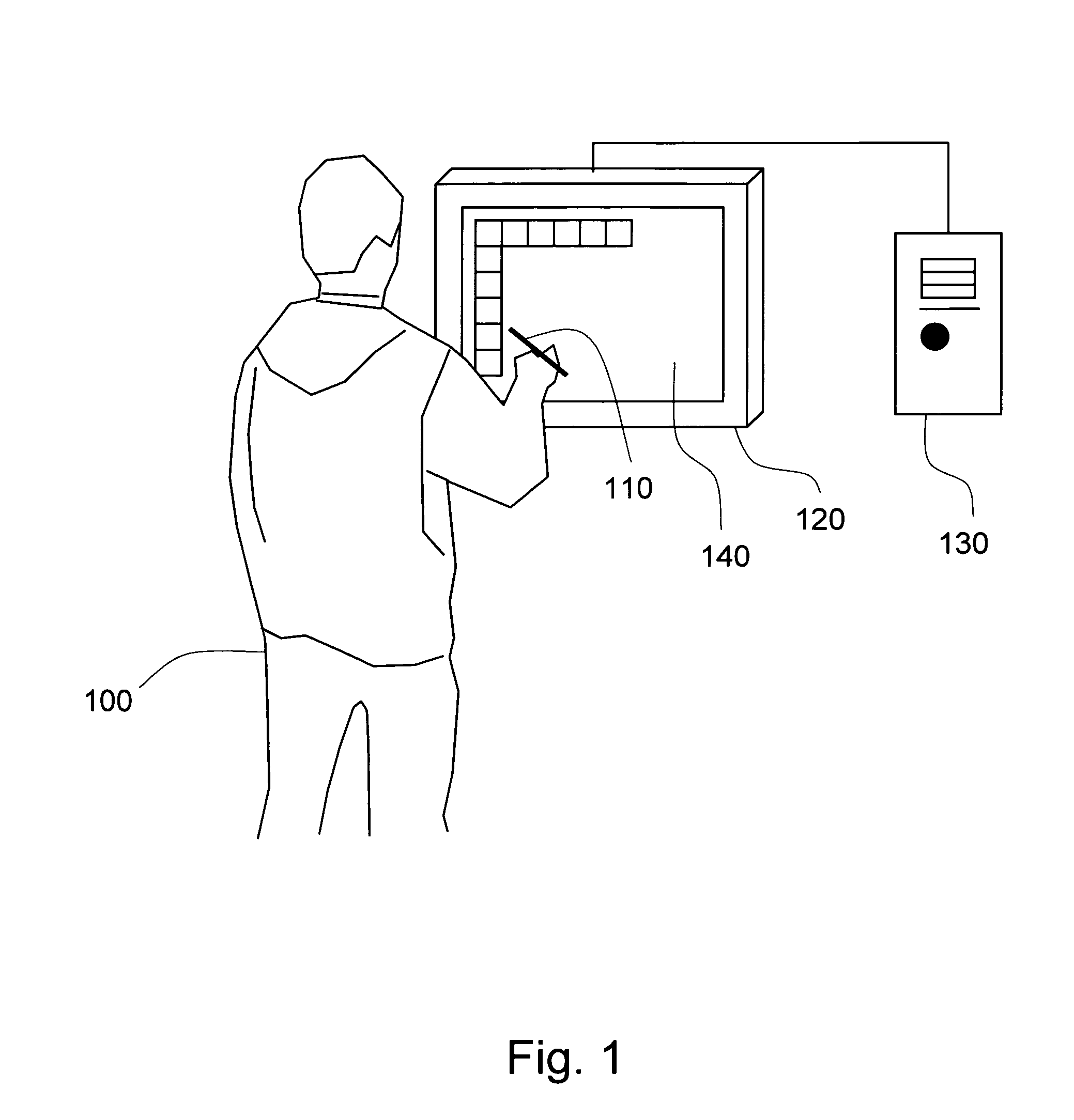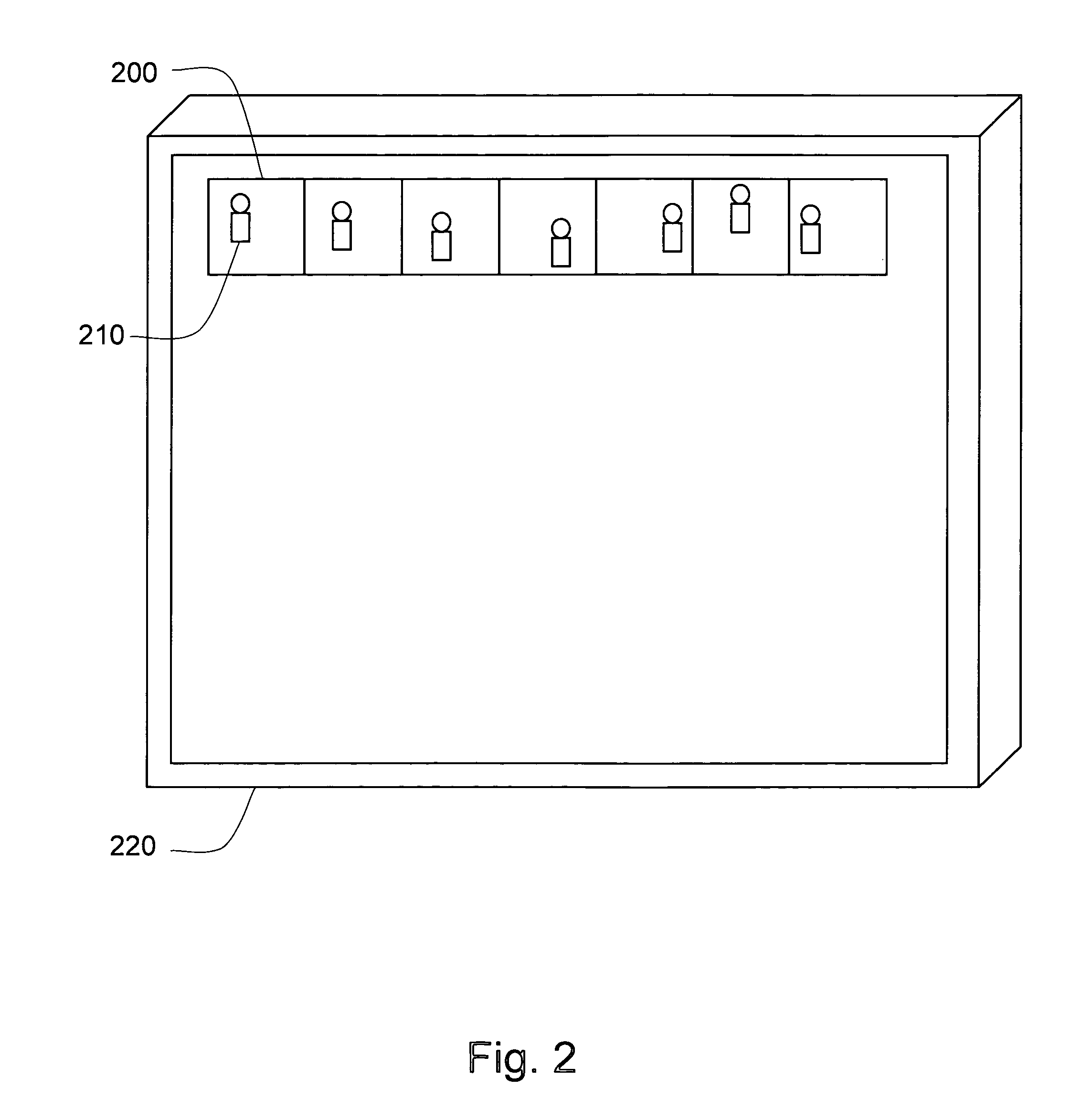Method and system for efficient annotation of object trajectories in image sequences
an image sequence and object technology, applied in static indicating devices, instruments, carrier indicating arrangements, etc., can solve the problems of inability to manually track in real time, time-consuming task, and limited device to single image annotation, so as to speed up the annotation speed and efficiently mark the trajectory of objects
- Summary
- Abstract
- Description
- Claims
- Application Information
AI Technical Summary
Benefits of technology
Problems solved by technology
Method used
Image
Examples
Embodiment Construction
[0022]The following embodiment exemplifies the method and system for efficiently specifying object trajectories in an image sequence. The invention consists of displaying the subsampled image sequence on an interactive screen, specifying the two orthogonal trajectories, computing the neo-trajectory, and interpolating the trajectory from the neo-trajectory. The computed trajectory can then be stored.
[0023]FIG. 1 shows the user interacting with the annotation system. An interactive display screen 120 is attached to a computer 130, which processes the user interaction. The user 100 interacts with the interactive screen 120 using a spatial input device 110. This device could be a digital pen, mouse, stylus or anything that could specify a location on the interactive screen. The user 100 specifies locations on the interactive screen 120 by dragging the spatial input device across the items 140 displayed on the interactive screen.
[0024]FIG. 2 shows the interactive screen displaying the su...
PUM
 Login to View More
Login to View More Abstract
Description
Claims
Application Information
 Login to View More
Login to View More - R&D
- Intellectual Property
- Life Sciences
- Materials
- Tech Scout
- Unparalleled Data Quality
- Higher Quality Content
- 60% Fewer Hallucinations
Browse by: Latest US Patents, China's latest patents, Technical Efficacy Thesaurus, Application Domain, Technology Topic, Popular Technical Reports.
© 2025 PatSnap. All rights reserved.Legal|Privacy policy|Modern Slavery Act Transparency Statement|Sitemap|About US| Contact US: help@patsnap.com



